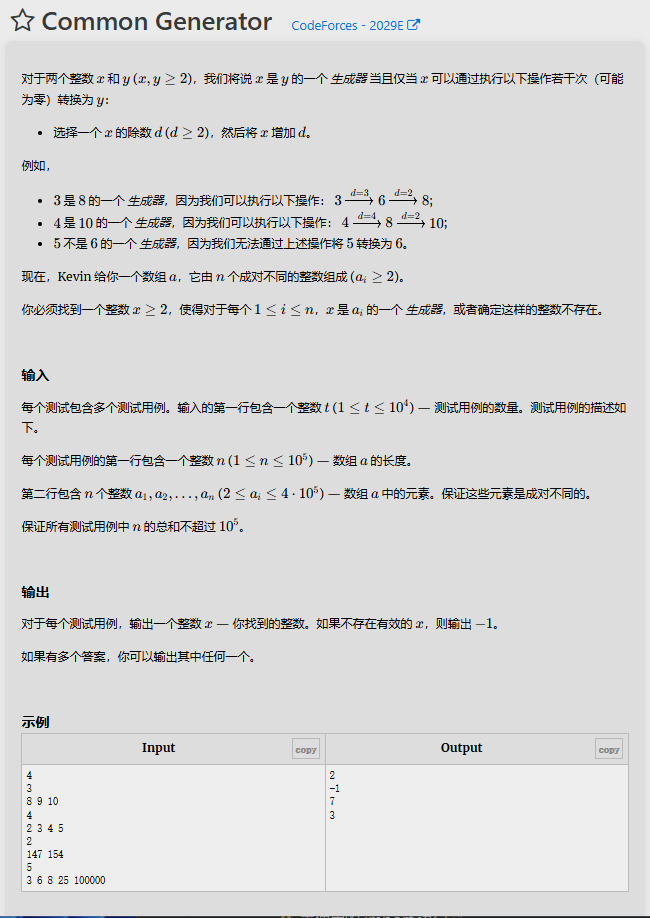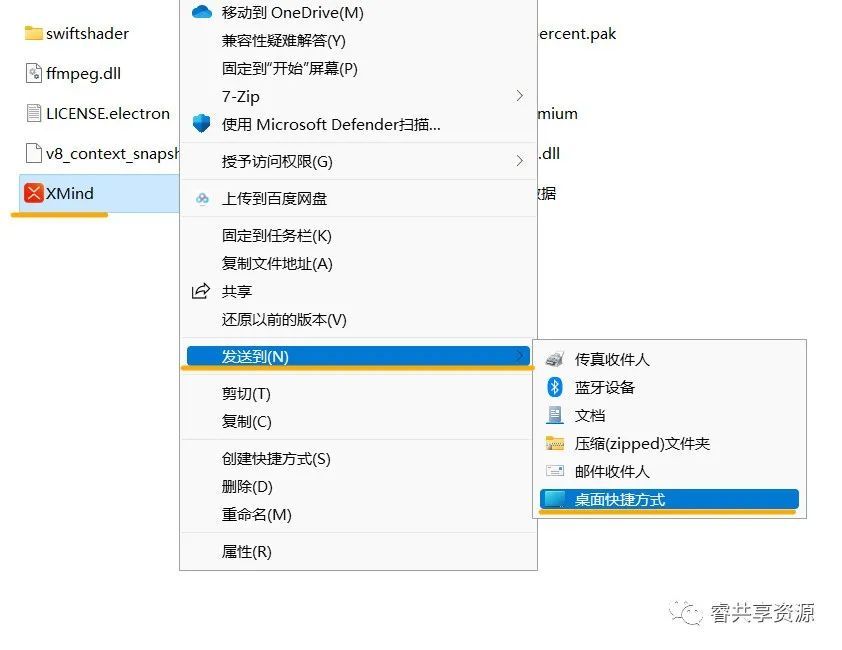DeepSeek 通过发布其开源推理模型 DeepSeek-R1 颠覆了 AI 格局,该模型使用创新的强化学习技术,以极低的成本提供与 OpenAI 的 o1 相当的性能。
更令人印象深刻的是,DeepSeek 已将其推理能力提炼成几个较小的模型。这篇文章,我们将使用其蒸馏版本之一引导大家完成 DeepSeek-R1 的整个微调过程。
本文章将演示了如何微调其中一个模型(使用我们自己的自定义思维链数据集),然后保存和部署微调后的模型。
高级推理模型微调
DeepSeek 简介
DeepSeek-R1 是由深度求索(DeepSeek)公司开发的突破性推理模型。DeepSeek-R1 基于 DeepSeek-V3-Base(总共 671B 个参数,每次推理 37B 处于活动状态)构建,使用强化学习 (RL) 在提供最终答案之前生成思路链 (CoT)。
为了使这些功能更易于访问,DeepSeek 将其 R1 输出提炼成几个较小的模型:
-
基于 Qwen 的蒸馏模型:1.5B、7B、14B 和 32B
-
基于 Llama 的蒸馏模型:8B 和 70B
注意:对于 14B 模型,正确的变体是 DeepSeek-R1-Distill-Qwen-14B。
为什么 DeepSeek-R1 越来越受欢迎**
DeepSeek-R1 因其性能、可访问性和成本效益的结合而在 AI 社区中迅速受到关注。以下是它成为开发人员和研究人员首选的原因:
-
开源可用性:完全开源,允许不受限制地使用、修改和分发。
-
具有成本效益的培训:训练成本仅为 500 万美元,仅为大型语言模型成本的一小部分。
-
强化学习和 CoT 推理:采用先进的强化学习技术来开发思维链推理。
-
高效蒸馏:Distilled 模型在资源效率高的同时保持了强大的推理能力。
-
活跃的社区和生态系统:不断增长的工具、微调模型和社区驱动型资源的生态系统。
下面是微调 DeepSeek-R1 以进行高级推理的完整过程。
01 环境设置和身份验证
a. 安装依赖项
使用具有 GPU 访问权限的首选环境。run:
!pip install unsloth
!pip install --force-reinstall --no-cache-dir --no-deps git+https://github.com/unslothai/unsloth.git
说明:这将安装 Unsloth,一个可加快微调速度(速度提高 2× 并减少 70% 内存使用量的框架)。
b. 登录Hugging Face和Weights & Biases
安全地检索 API Token:
from huggingface_hub import loginhf_token = “your_huggingface_token”
login(hf_token)
然后,初始化权重和偏差(wandb):
import wandbwb_token = “your_wandb_token”
wandb.login(key=wb_token)
run = wandb.init(project='合法 COT 数据集上的 Fine-tune-DeepSeek-R1-Distill-Qwen-14B', job_type=“training”, anonymous=“allow”
)
说明: 这些步骤可确保安全的模型下载和实验跟踪。
02 加载 Model 和 Tokenizer
使用具有 4 位量化的 Unsloth 加载蒸馏的 14B 模型,DeepSeek-R1-Distill-Qwen-14B:
from unsloth import FastLanguageModelmax_seq_length = 2048
dtype = None
load_in_4bit = True
model, tokenizer = FastLanguageModel.from_pretrained(model_name = “unsloth/DeepSeek-R1-Distill-Qwen-14B”,max_seq_length = max_seq_length,dtype = dtype,load_in_4bit = load_in_4bit,token = hf_token,
)
说明:为最多 2048 个 tokens 的序列配置模型,并使用 4-bit 量化来提高内存效率。
03 预微调推理
使用法律推理提示测试模型的基准性能。
定义 Prompt 并运行推理
prompt_style = """Below is an instruction that describes a task, paired with an input that provides further context.
Write a response that appropriately completes the request.
Before answering, think carefully about the question and create a step-by-step chain of thought to ensure a logical and accurate response.### Instruction:
You are a legal expert with advanced knowledge in legal reasoning, case analysis, and interpretation of laws.
Please answer the following legal question.
### Question:
{}
### Response:
<think>{}"""question = "A contract was signed between two parties, but one party claims they were under duress. What legal principles apply to determine the contract's validity?"
FastLanguageModel.for_inference(model)
inputs = tokenizer([prompt_style.format(question, "")], return_tensors="pt").to("cuda")
outputs = model.generate( input_ids=inputs.input_ids, attention_mask=inputs.attention_mask, max_new_tokens=1200, use_cache=True,
)
response = tokenizer.batch_decode(outputs)
print(response[0].split("### Response:")[1])
说明:生成一个响应,其中包括模型的思路链,后跟其最终答案。
04 准备训练数据
加载并格式化数据集(这里我们使用 legal chain-of-mind 数据集)。
更新提示模板
train_prompt_style = """Below is an instruction that describes a task, paired with an input that provides further context.
Write a response that appropriately completes the request.
Before answering, think carefully about the question and create a step-by-step chain of thought to ensure a logical and accurate response.### Instruction:
You are a legal expert with advanced knowledge in legal reasoning, case analysis, and interpretation of laws.
Please answer the following legal question.
### Question:
{}
### Response:
<think>
{}
</think>
{}"""
EOS_TOKEN = tokenizer.eos_token
定义 formatting 函数
def formatting_prompts_func(examples): inputs = examples["Question"] cots = examples["Complex_CoT"] outputs = examples["Response"] texts = [] for input_text, cot, output_text in zip(inputs, cots, outputs): text = train_prompt_style.format(input_text, cot, output_text) + EOS_TOKEN texts.append(text) return {"text": texts}
加载和映射数据集
from datasets import load_dataset
dataset = load_dataset("kienhoang123/QR-legal", "en", split="train[0:500]", trust_remote_code=True)
dataset = dataset.map(formatting_prompts_func, batched=True)
print(dataset["text"][0])####Note: This is a pseudo dataset. Please create or use an appropriate dataset for your own use case.
说明:使用问题、详细的思路和最终答案来格式化每个训练示例,并附加 EOS 令牌。
05 设置 LoRA 以进行微调
使用 LoRA (Low-Rank Adaptation) 通过仅适配关键层来有效地微调模型:
model = FastLanguageModel.get_peft_model( model, r=16, target_modules=[ "q_proj", "k_proj", "v_proj", "o_proj", "gate_proj", "up_proj", "down_proj", ], lora_alpha=16, lora_dropout=0, bias="none", use_gradient_checkpointing="unsloth", random_state=3407, use_rslora=False, loftq_config=None,
)
说明:将 LoRA 适配器应用于关键投影层,从而减少微调期间的内存和计算要求。
06 配置和运行训练过程
从 TRL 初始化 SFTTrainer 以及相应的训练参数。
from trl import SFTTrainer
from transformers import TrainingArguments
from unsloth import is_bfloat16_supportedtrainer = SFTTrainer( model=model, tokenizer=tokenizer, train_dataset=dataset, dataset_text_field="text", max_seq_length=max_seq_length, dataset_num_proc=2, args=TrainingArguments( per_device_train_batch_size=2, gradient_accumulation_steps=4, warmup_steps=5, max_steps=60, learning_rate=2e-4, fp16=not is_bfloat16_supported(), bf16=is_bfloat16_supported(), logging_steps=10, optim="adamw_8bit", weight_decay=0.01, lr_scheduler_type="linear", seed=3407, output_dir="outputs", ),
)
开始训练:
trainer_stats = trainer.train()
说明: 此配置使用小批量和有限的演示步骤。根据需要进行调整以进行全面微调。
07 微调后的推理
使用相同的提示结构测试微调后的模型。
question = "A contract was signed between two parties, but one party claims they were under duress. What legal principles apply to determine the contract’s validity?"FastLanguageModel.for_inference(model)
inputs = tokenizer([prompt_style.format(question, "")], return_tensors="pt").to("cuda")
outputs = model.generate( input_ids=inputs.input_ids, attention_mask=inputs.attention_mask, max_new_tokens=1200, use_cache=True,
)
response = tokenizer.batch_decode(outputs)
print(response[0].split("### Response:")[1])
说明: 输出应具有简洁的思路链和清晰的最终答案。
08 保存和发布微调模型
本地保存
new_model_local = "DeepSeek-R1-Legal-COT"
model.save_pretrained(new_model_local)
tokenizer.save_pretrained(new_model_local)
model.save_pretrained_merged(new_model_local, tokenizer, save_method="merged_16bit")
推送到 Hugging Face Hub
new_model_online = "yourusername/DeepSeek-R1-Legal-COT"
model.push_to_hub(new_model_online)
tokenizer.push_to_hub(new_model_online)
model.push_to_hub_merged(new_model_online, tokenizer, save_method="merged_16bit")
说明:替换为 您的实际存储库名称。合并版本集成了 LoRA 适配器,以便于部署。
"yourusername/DeepSeek-R1-Legal-COT"
09 在 Ollama 中使用微调模型
要将微调模型 DeepSeek-R1-Legal-COT 与 Ollama 结合使用,请执行以下步骤:
准备模型文件
-
确保您的微调模型以 SafeTensors 格式保存。
-
将模型文件组织到系统上的目录中。
创建 Modelfile
-
在包含模型文件的目录中,创建一个名为 (不带任何扩展名) 的文件。Modelfile
-
将以下行添加到 :Modelfile
FROM /path/to/base/model
ADAPTER .
-
替换为您在微调过程中使用的基础模型的路径。/path/to/base/model
-
该行表示适配器 (您的微调模型) 位于当前目录中。ADAPTER .
使用 Ollama 构建模型
-
打开终端并导航到包含。Modelfile
-
执行以下命令,在 Ollama 中创建模型。
ollama create deepseek-r1-legal-cot
- 此命令将构建模型并使其可在 Ollama 中使用。
运行模型
成功创建模型后,你可以使用以下方法与模型进行交互:
ollama run deepseek-r1-legal-cot
此命令允许您输入提示并接收来自微调模型的响应。
10 其他注意事项
-
型号兼容性:确保中指定的基本模型与微调期间使用的基本模型匹配,以避免出现兼容性问题。Modelfile
-
量化:如果您希望优化模型的性能,请考虑在步骤中对其进行量化。例如:ollama create
ollama create --quantize q4_K_M deepseek-r1-legal-cot
- 此命令对模型进行量化,以减少内存使用并可能提高推理速度。
有关将模型和适配器导入 Ollama 的详细信息,请参阅官方 Ollama 文档。
https://github.com/ollama/ollama/blob/main/docs/import.md
11 其他提示和建议
-
硬件设置:使用至少具有 24–32GB VRAM 的 GPU。
-
数据预处理:确保您的数据集包含字段 、 和 ."Question""Complex_CoT""Response"
-
超参数优化:根据数据集大小调整 和 epochs。max_steps
-
监控训练:使用 wandb 控制面板跟踪损失和指标。
-
LoRA 洞察:LoRA 仅调整关键投影层,从而减少内存使用。
-
部署:如果需要,将模型转换为 GGUF 等格式以进行本地部署。
Last but not least
DeepSeek-R1 代表了以推理为中心的 AI 的新时代。通过将高效的强化学习与监督式微调和蒸馏相结合,DeepSeek 生成的模型可与专有系统相媲美,同时具有开源性和成本效益。本指南将引导您完成每个步骤,从设置环境和加载模型,到数据准备和基于 LoRA 的微调,再到推理和部署。
对于 14B 蒸馏模型,请记住,正确的名称是 DeepSeek-R1-Distill-Qwen-14B。借助这些详细说明,我们现在可以微调和部署高性能推理模型,即使在适度的硬件上也是如此,从而为创新的 AI 应用程序铺平道路。
内容参考:
1. DeepSeek-R1 模型和蒸馏:
https://huggingface.co/deepseek-ai
2. Unsloth:加快和优化 LLM 微调:
https://github.com/unslothai/unsloth
3. DeepSeek-R1 for Madical DataSet 的微调示例:
https://www.datacamp.com/tutorial/fine-tuning-deepseek-r1-reasoning-model











